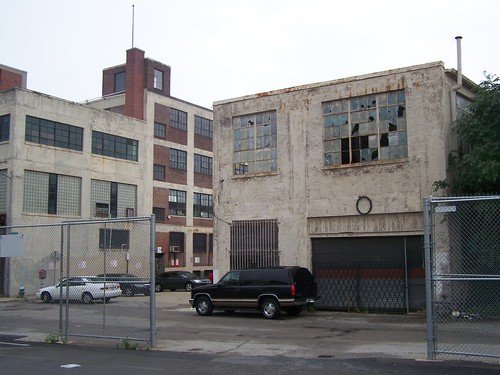Earlier in the week, a historic building in Toronto that had been disinvested in by its owner, who had other plans for the building, was seriously damaged by fire. I wrote about this in an entry yesterday. Today's
Toronto Star has another good article about the issues concerning historic preservation, urban revitalization, and Toronto specifically, "
Historic buildings: The problem with preservation."
The article covers issues that resonate in DC, because of
-- the lack of consensus about the value of historic preservation generally
-- the failure to recognize and acknowledge the role of historic preservation in saving the city's quality of life during the many decades when social and economic trends did not favor urban living
-- the difficulty historic preservationists have in repositioning the movement away from the agenda necessary during the era of the shrinking city towards reworking historic preservation so that it can be responsive to and essential to the shaping of the city of today which is capable of growth
-- the essential role that "old buildings" play in terms of providing affordable housing (more generally, a little less in DC because of the sale premium associated with DC's historic building stock)
-- the essential role that "old buildings" pay in terms of seeding an environment supportive of innovation in business development, arts and culture, and other venues (again, less likely in DC because of the lack of a significant inventory of such buildings, as well as the height limit on buildings which reproduces most of the commercial real estate market into office buildings for law firms, lobbyists, and trade associations)
-- the perception by many (sometimes a not unjustified belief) that historic preservation is about saving in amber our perception of how various eras of architectural significance functioned in their time, while failing to recognize that neighborhoods and commercial districts change over time as do the people who live in, work there, own there, develop there, all whom modify and adapt the places they frequent according to their set of ever changing needs, interests, and fashion.
Mouldering warehouses on Reed Street, near the Rhode Island Metro Station.
Labels: historic preservation, sustainable land use and resource planning, urban design/placemaking, urban revitalization




0 Comments:
Post a Comment
<< Home